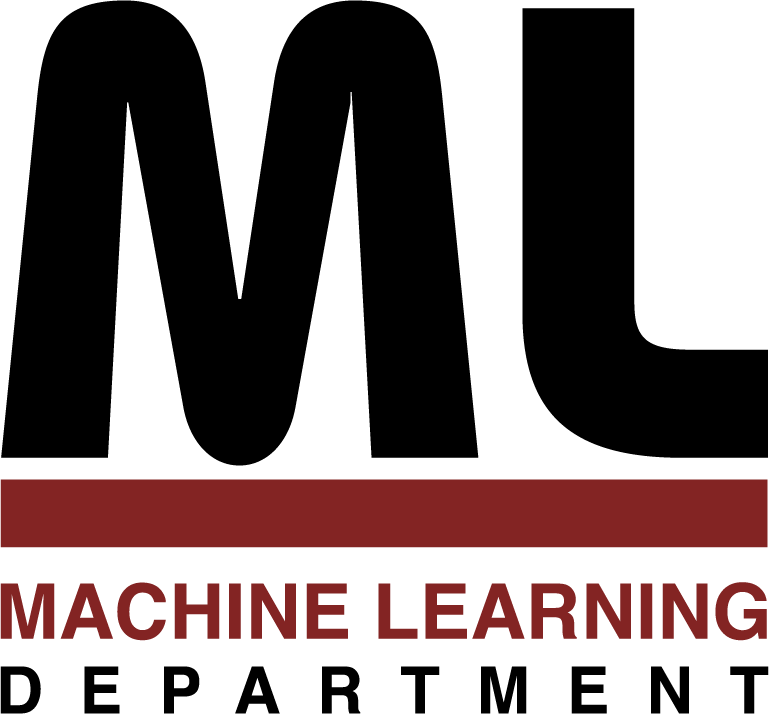
Machine Learning Department
School of Computer Science, Carnegie Mellon University
Expressive Collaborative Music Performance via Machine Learning
Gus (Guangyu) Xia
August 2016
Ph.D. Thesis
Besides expressive timing and dynamics, we consider some basic improvisation techniques where musicians have the freedom to interpret pitches and rhythms. We developed a model that trains a different set of parameters for each individual measure and focus on the prediction of the number of chords and the number of notes per chord. Given the model prediction, an improvised score is decoded using nearest-neighbor search, which selects the training example whose parameters are closest to the estimation. Our result shows that our model generates more musical, interactive, and natural collaborative improvisation than a reasonable baseline based on mean estimation.
Although not conventionally considered to be "music", body and facial movements are also important aspects of musical expression. We study body and facial expressions using a humanoid saxophonist robot. We contribute the first algorithm to enable a robot to perform an accompaniment for a musician and react to human performance with gestural and facial expression. The current system uses rule-based performance-motion mapping and separates robot motions into three groups: finger motions, body movements, and eyebrow movements. We also conduct the first subjective evaluation of the joint effect of automatic accompaniment and robot expression. Our result shows robot embodiment and expression enable more musical, interactive, and engaging human-computer collaborative performance.
147 pages
Manuela M. Veloso, Head, Machine Learning Department
Roger Dannenberg (Chair)
Geoff Gordon
Larry Wasserman
Arshia Cont (INRIA/CNRS)
Andrew W. Moore, Dean, School of Computer Science
School of Computer Science